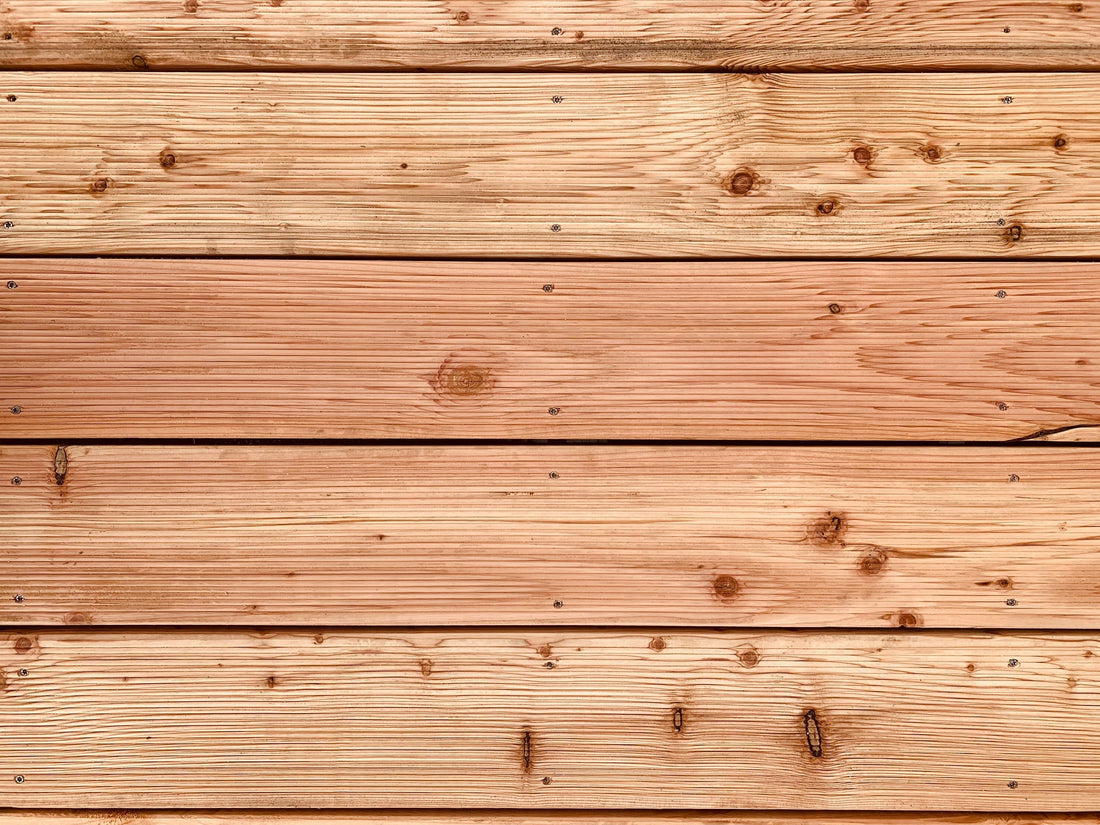When shopping for cedar furniture or lumber, you might notice that “cedar” can refer to several different types of wood—some of which aren’t technically cedar at all. This confusion stems from the fact that many woods labeled as “cedar” come from different botanical families, even though they share similar characteristics like aromatic scent, natural resistance to insects, and rich coloration.
Let’s break down five of the most common types of cedar wood, what they’re used for, and how they compare in durability, sustainability, and aesthetics.
1. Eastern Red Cedar (Juniperus virginiana)

Despite the name, Eastern red cedar is actually a species of juniper. It grows abundantly across the eastern United States and as far west as Nebraska. Known for its vibrant reddish hues, signature aroma, and rot resistance, this wood is commonly used for furniture, chests, closets, and fence posts. It’s also the most durable cedar type on this list, with a relatively high Janka hardness rating of around 900, making it suitable for indoor and outdoor furniture applications.
2. Eastern White Cedar (Thuja occidentalis)

Also known as Northern white cedar, this species is native to the northeastern U.S. and southeastern Canada. It’s a lightweight softwood, pale in color, and has a low Janka rating of around 320, making it less resistant to dents and scratches. Though often used for outdoor structures like shingles and siding due to its weather resistance, it’s generally not preferred for fine furniture. Additionally, like other Thuja species, Eastern white cedar can cause allergic reactions in some individuals.
3. Spanish Cedar (Cedrela odorata)
Spanish cedar is the only true cedar on this list (belonging to the Cedrela genus). It’s a tropical hardwood with a pinkish to reddish-brown tone and a Janka hardness of about 600. Once popular for cabinetry, cigar boxes, and boat-building, Spanish cedar is now considered a vulnerable species due to overharvesting. It grows primarily in Central and South America, and international regulations now limit its export to protect remaining forests. Unfortunately, illegal logging remains a concern.
4. Western Red Cedar (Thuja plicata)
Not to be confused with Eastern red cedar, Western red cedar is another member of the Thuja genus. Found along the Pacific Northwest coast, this cedar is a softwood with a warm, reddish-brown hue and a Janka hardness of around 350. Its natural oils repel moisture and insects, making it a popular choice for outdoor furniture, decking, and siding. However, it is not as dense or durable as Eastern red cedar and may be less suitable for indoor furniture that sees heavy use.
5. Alaskan Yellow Cedar (Callitropsis nootkatensis)
Despite its name, Alaskan yellow cedar isn’t a true cedar either—it’s more closely related to cypress. It’s a yellowish, fine-grained wood that grows in coastal Alaska and British Columbia. With a Janka rating of around 580, it’s moderately durable and has historically been used for boats, musical instruments, and carving. However, yellow cedar populations are currently threatened by climate change, and efforts to combat “Yellow Cedar Decline” have had limited success, reducing its availability on the commercial market.
Choosing the Right Cedar for Furniture
If you're considering cedar wood furniture, Eastern red cedar is typically the best option for indoor use due to its durability, color, and aromatic qualities. For outdoor applications, Western red cedar offers a weather-resistant alternative, though it is softer. We recommend always researching the source of the wood to ensure it's harvested sustainably—especially when considering imported species like Spanish cedar or yellow cedar.
Explore our solid wood furniture collection to learn more about responsibly-sourced American hardwoods, including alternatives to cedar that offer similar durability and beauty.
Want to learn more about Cedar? Read more about cedar wood, where it comes from, and its sustainability in furniture design.


